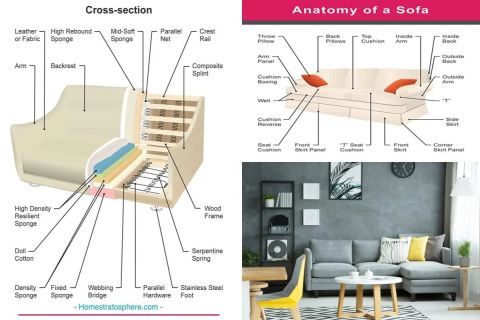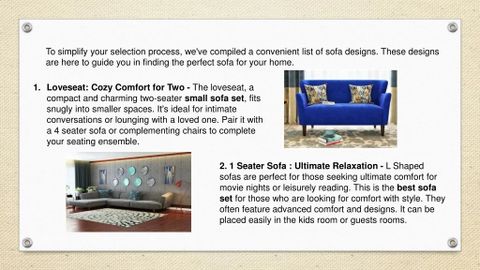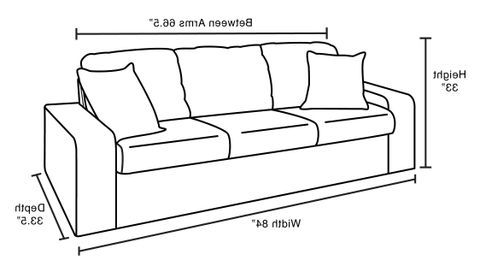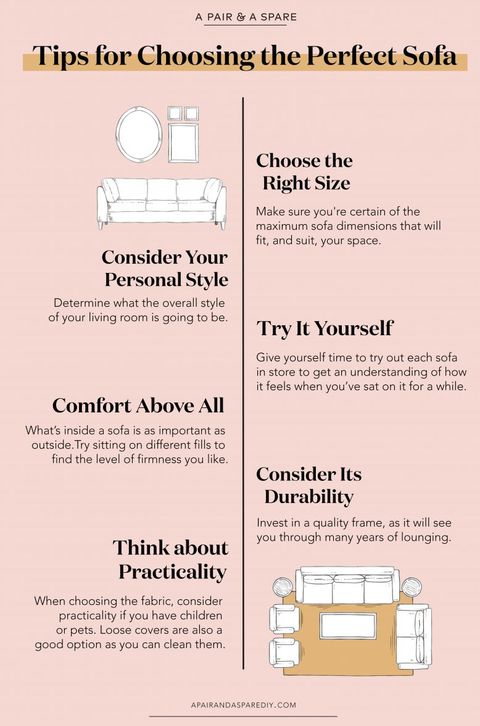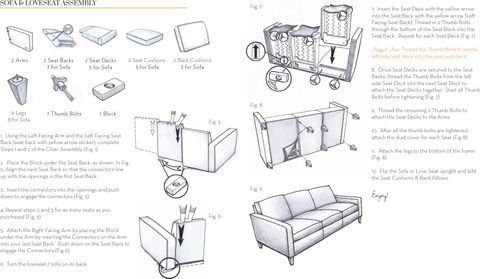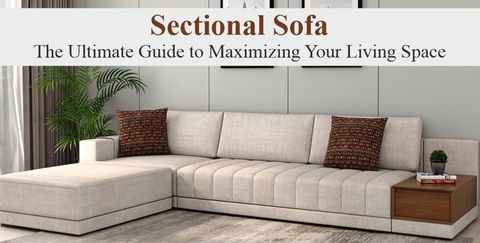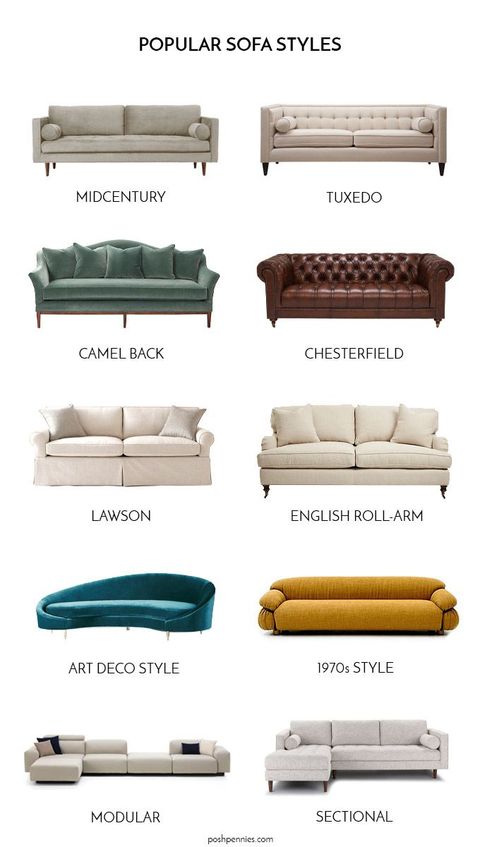We all crave that perfect spot on the sofa, don’t we? The one that feels like a warm hug after a long day. But have you ever stopped to think about why some sofas just feel inherently more inviting and supportive than others? It’s not just about the plushness of the cushions. There are unsung heroes at play, and they’re usually found on the sides and the back. Let’s dive into the world of armrests and backs, and uncover the ergonomic secrets that make a sofa truly comfortable.
When we talk about sofa comfort, our minds often go straight to the seat cushions. We think about softness, depth, and maybe even how well they bounce back. But what about the parts that cradle us, that offer a place to rest our weary arms or lean our heads? The armrests and the back are just as crucial, if not more so, to the overall ergonomic experience. They’re the silent architects of our relaxation, influencing posture, support, and how long we can truly unwind. Understanding their role is key to choosing or even appreciating the furniture that brings us comfort.
The Humble Armrest: More Than Just a Place to Rest
Armrests are often overlooked, but their design can make or break a sofa’s comfort. Think about it. Do you ever find yourself awkwardly perching your arm, or wishing there was a more natural place to put your elbow? That’s where ergonomics comes in. The ideal armrest height is typically one that allows your forearm to rest comfortably at about a 90-degree angle when your shoulders are relaxed. This prevents undue strain on your shoulders and neck.
Materials matter too. A padded armrest offers a softer, more inviting surface than a hard wooden one, especially for prolonged lounging. And the width? Too narrow, and your arm might slip off. Too wide, and it can feel cumbersome. A good armrest should feel supportive without being intrusive. Consider the different styles: rolled, track, or even pillow-top. Each offers a different kind of comfort and aesthetic, but the underlying principle of supportive, natural resting is paramount.
Back Support: The Spine’s Best Friend
The back of a sofa is your primary source of spinal support. A sofa that’s too low in the back might leave you slouching, leading to discomfort and potential back pain over time. Conversely, a back that’s too high or too stiff might feel uninviting. The sweet spot is a backrest that offers enough height to support the natural curve of your spine, particularly your lumbar region.
Many modern sofas incorporate lumbar support directly into their design, either through sculpted cushions or built-in structures. This is a game-changer for anyone who spends a lot of time sitting. The angle of the backrest also plays a significant role. A slight recline encourages a more relaxed posture, while a perfectly upright back can feel more formal and less conducive to lounging. Think about how you use your sofa – for reading, watching TV, or napping. These activities might call for different backrest designs.
The Synergy of Armrests and Backs: A Holistic Approach
It’s not just about the armrests in isolation or the backrest on its own. True comfort arises from how these elements work together. Imagine a sofa with a perfect backrest but awkward armrests. You might find yourself leaning to one side to get comfortable, negating the benefits of the back support. Or, consider a sofa with plush armrests but a back that forces you into a rigid posture. The overall experience is compromised.
Ergonomics in sofa design aims for a harmonious balance. The armrests should complement the backrest, allowing you to settle into a position that feels natural and supported from head to toe. This means considering the depth of the seat in relation to the backrest height and the placement and shape of the armrests. It’s about creating a seating environment where your body feels cradled and aligned, minimizing stress and maximizing relaxation.
Material Matters: Texture and Feel
Beyond shape and dimension, the materials used for armrests and backs significantly influence comfort. Soft, yielding fabrics like chenille or velvet can make armrests feel more luxurious and inviting. For backrests, the density and type of cushioning are critical. High-density foam provides firmer support, ideal for maintaining good posture, while a softer fill might be preferred for a more sink-in feel.
Even the frame beneath the upholstery plays a part. A well-constructed frame ensures that the support remains consistent over time, preventing sagging or deformation that can lead to discomfort. When testing a sofa, pay attention not just to how it looks, but how it feels. Does the fabric feel pleasant against your skin? Does the cushioning offer the right blend of softness and support? These tactile sensations are integral to the overall ergonomic quality.
Considering Your Needs: Personalizing Comfort
What one person finds supremely comfortable, another might not. Our bodies are different, and so are our preferences. When evaluating sofas, it’s essential to consider your own needs and habits. Do you tend to curl up on the sofa? Then perhaps wider, more padded armrests would be beneficial. Do you have back issues? Look for sofas with excellent lumbar support and a backrest that encourages good posture.
Think about how you typically sit. Do you lean forward, rest your chin on your hand, or sprawl out? Matching the sofa’s design to your natural inclinations can make a huge difference. Don’t be afraid to spend time on a sofa in the showroom. Sit, recline, shift your weight. Notice how your arms and back feel after a few minutes. This personal assessment is invaluable.
The Ergonomic Advantage: Long-Term Well-being
Investing in a sofa with thoughtful ergonomic design for its armrests and back isn’t just about immediate comfort; it’s about long-term well-being. A poorly designed sofa can contribute to aches, pains, and poor posture, impacting your health over time. Conversely, a well-designed piece of furniture can enhance your relaxation, reduce physical strain, and even improve your mood.
It’s about creating a sanctuary in your home, a place where you can truly recharge without your body fighting against the furniture. When you prioritize ergonomics, you’re investing in your own comfort and health. So, the next time you’re sofa shopping, look beyond the style and color. Examine those armrests and that backrest with a critical, comfort-seeking eye. Your body will thank you for it.
So, there you have it. The armrests and backs of your sofa are far more than just decorative elements. They are fundamental components of its ergonomic design, dictating much of your comfort and support. By understanding how their height, width, angle, and materials contribute to an overall seating experience, you can make more informed choices. Remember to consider your personal needs and to truly test a sofa before you buy. Choosing a piece with well-designed armrests and backs means choosing a more comfortable, more supportive, and ultimately, more relaxing way to unwind. Happy lounging.

